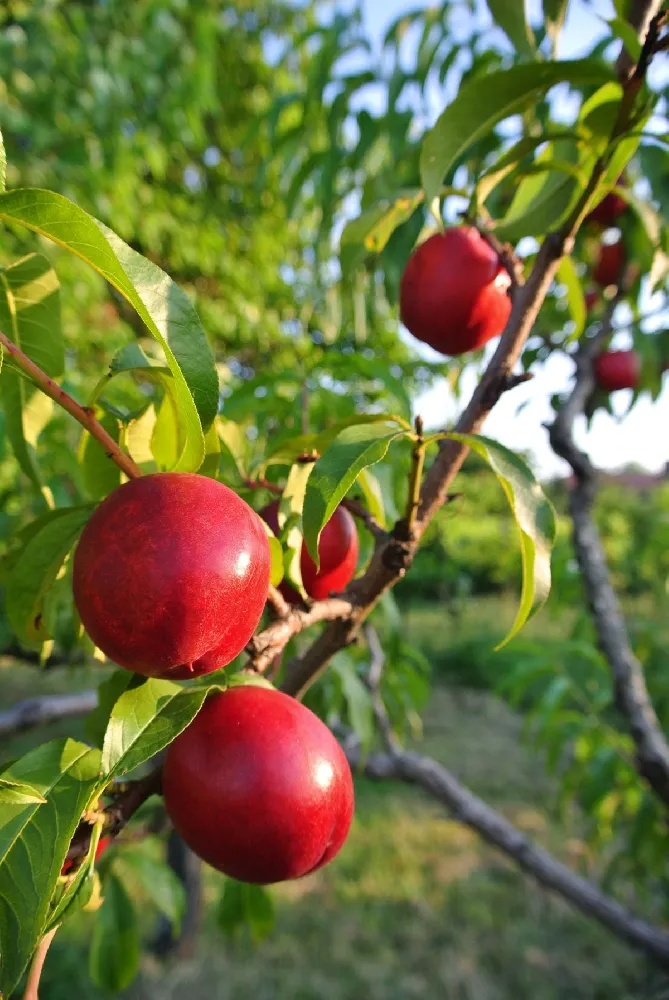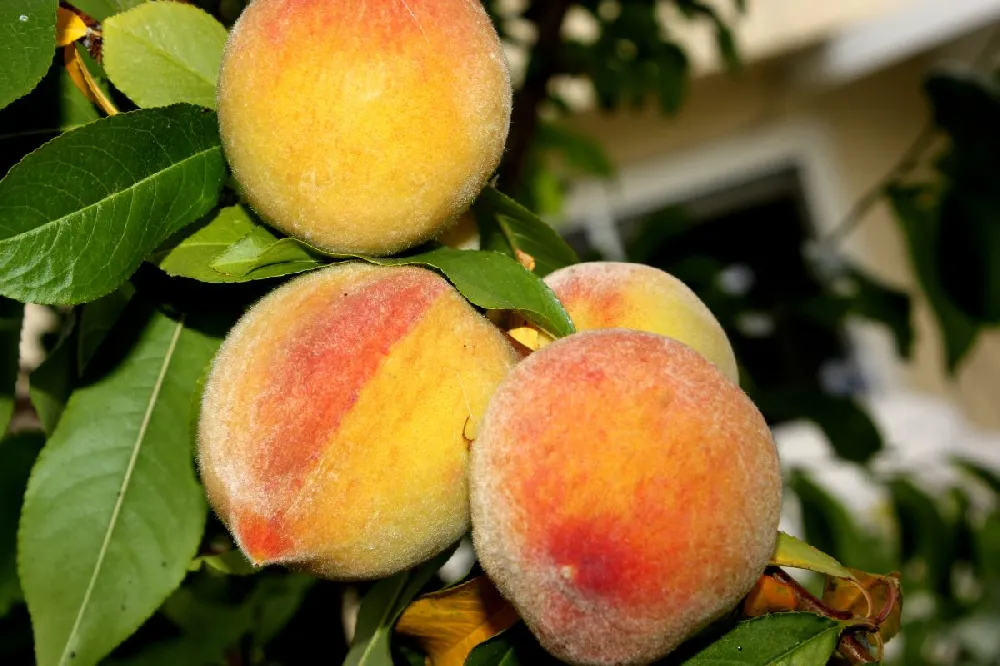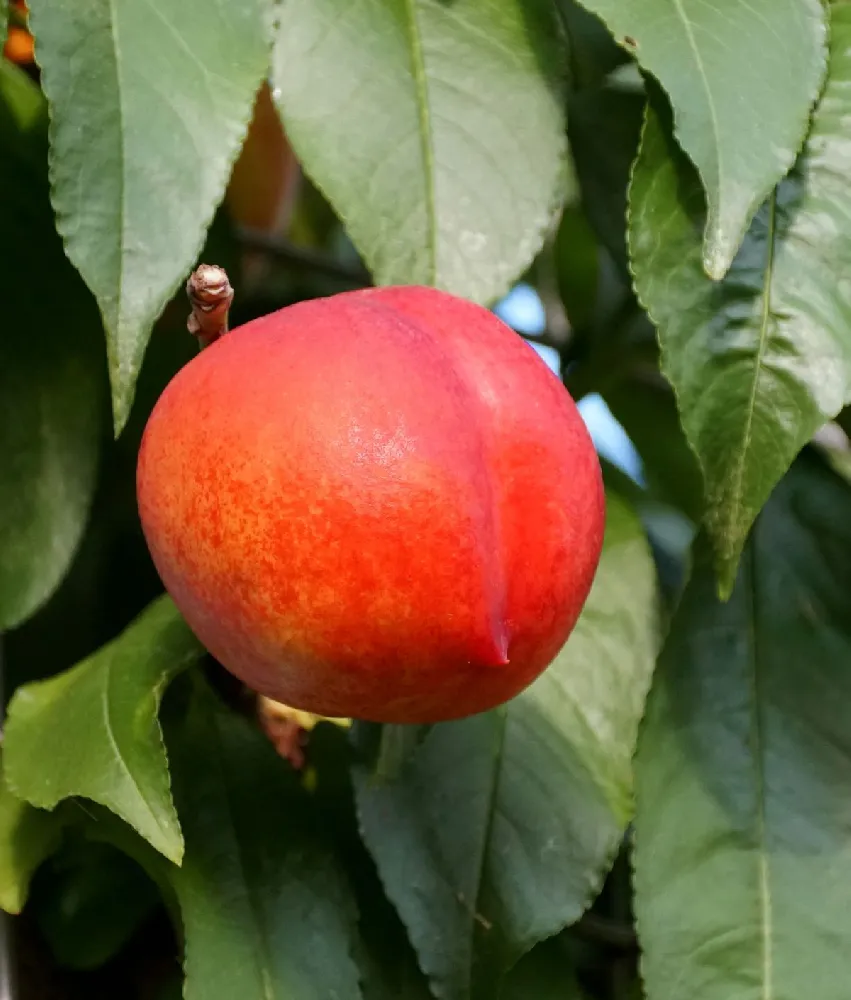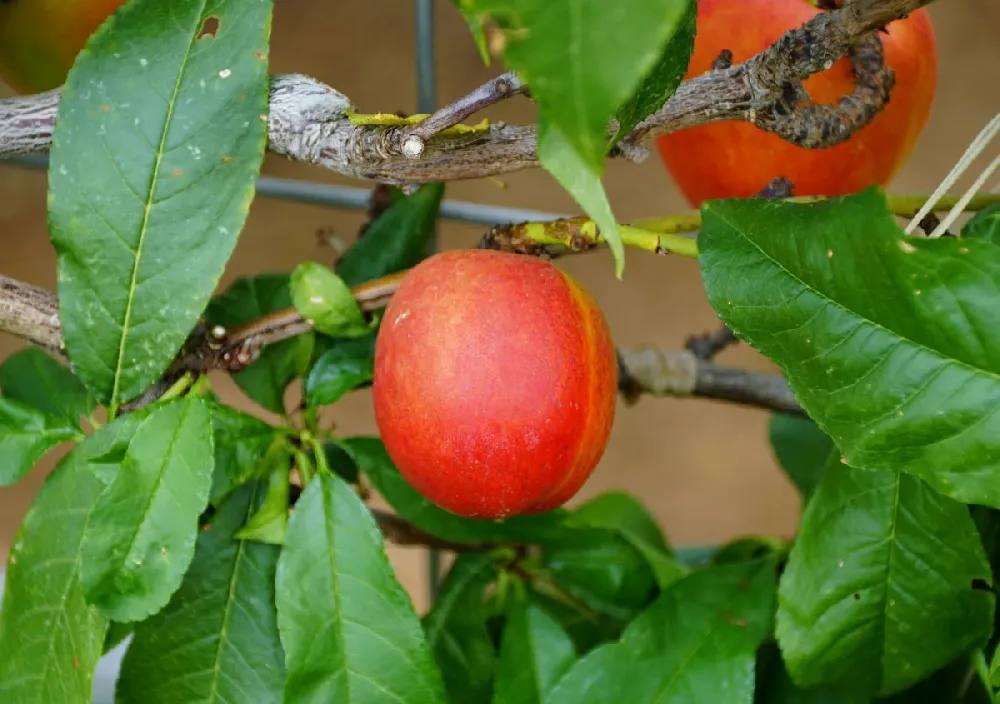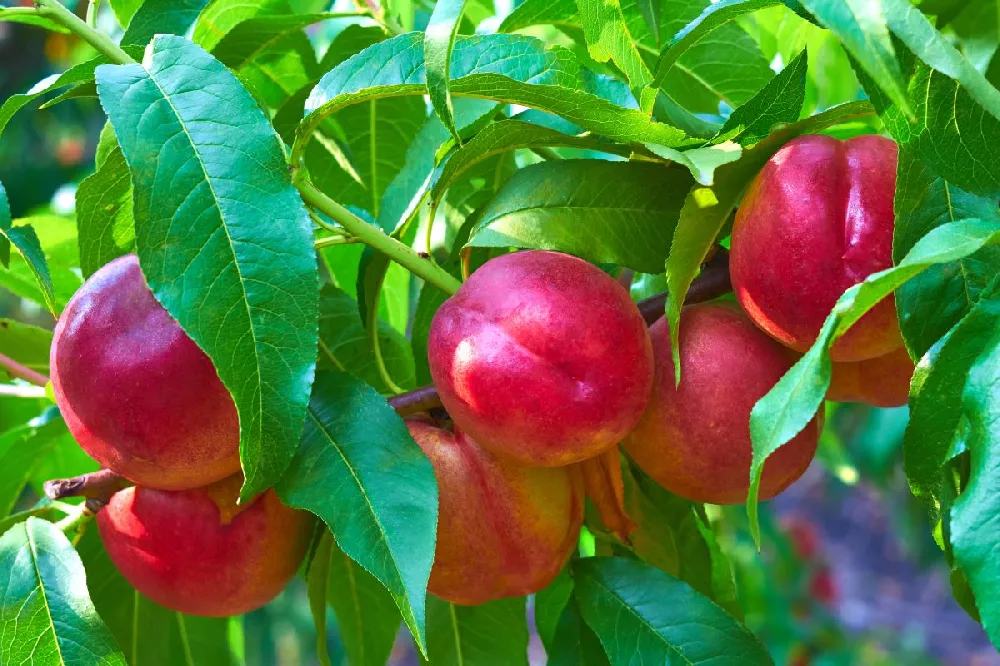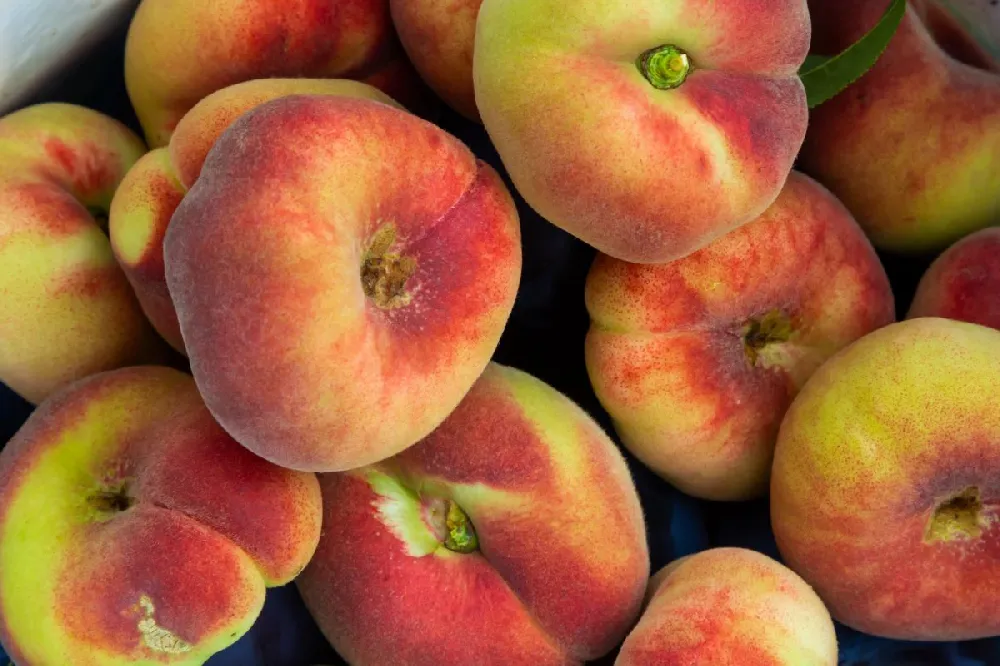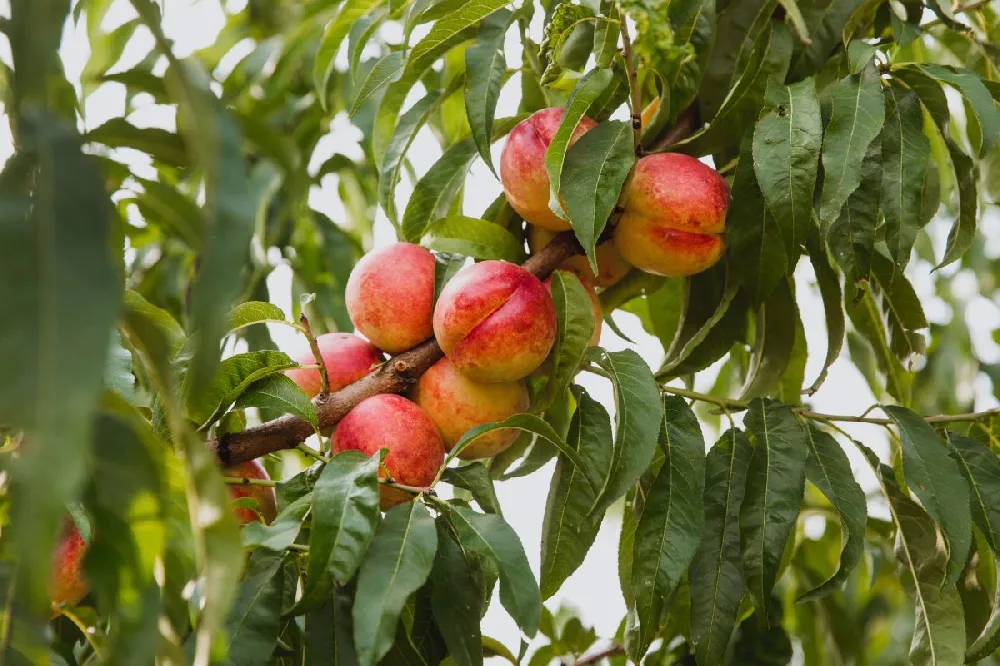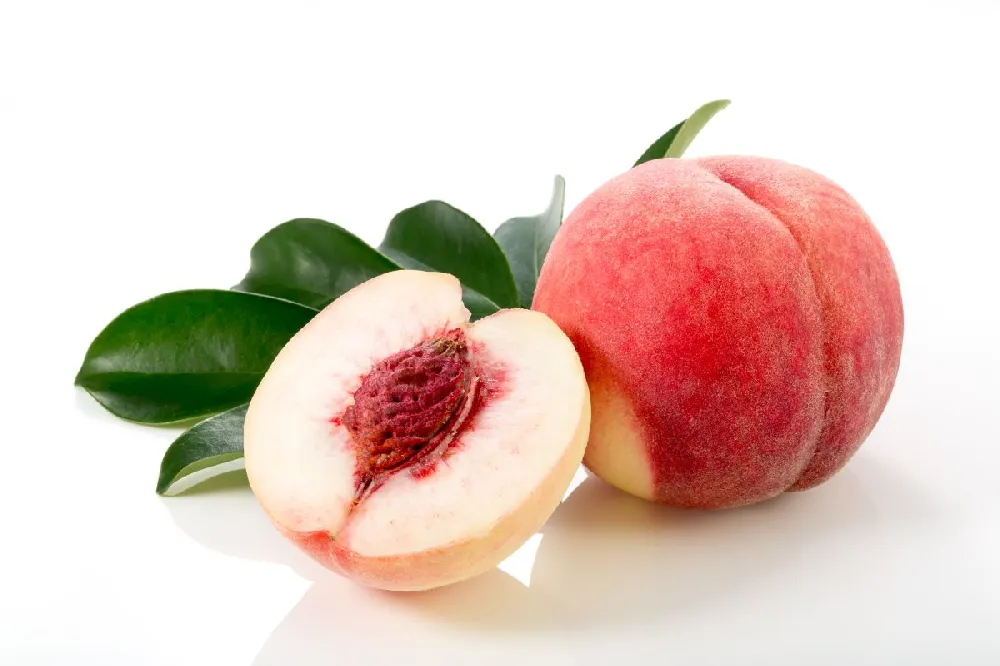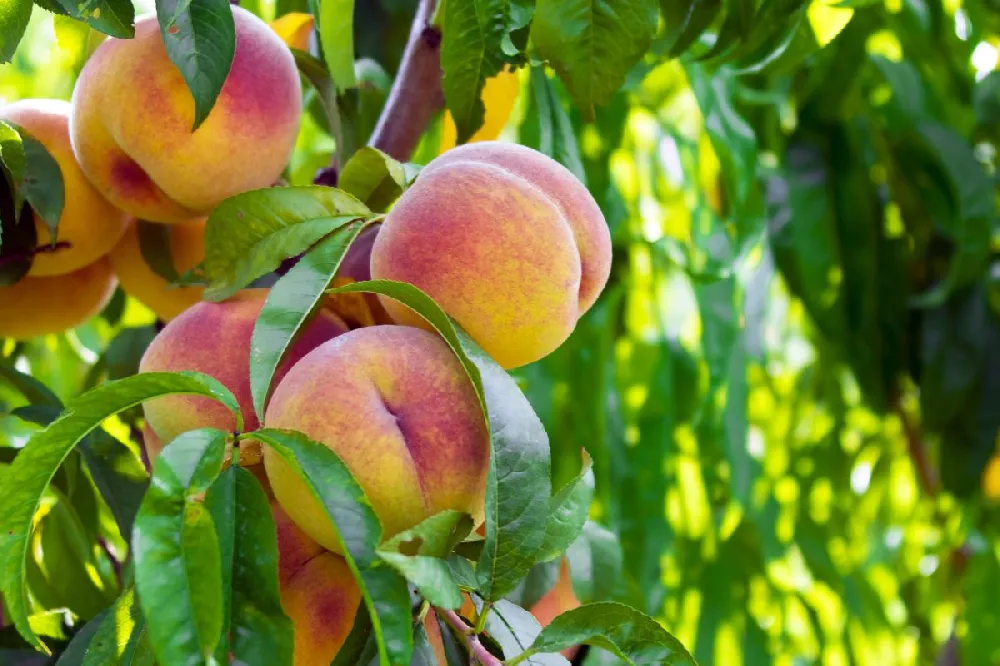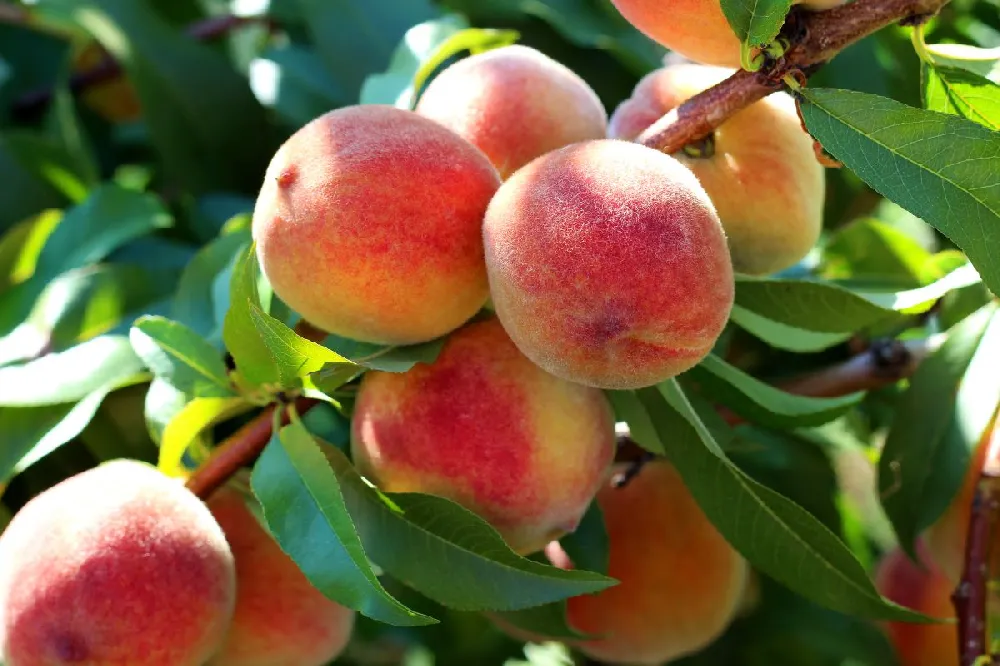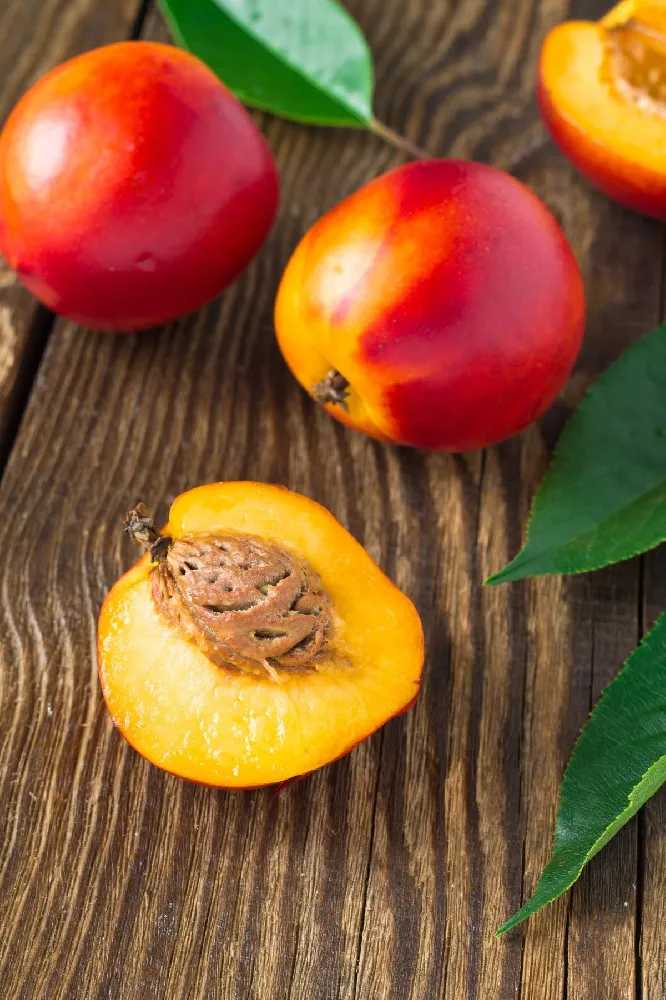- Home >
- Nectarine Trees
Nectarine Trees for Sale - Buying & Growing Guide
16 Results
-
Growing Zone(s): 5-10$99.95
$109.95Save up to 9% -
Growing Zone(s): 5-8$184.95
$329.95Save up to 43% -
Growing Zone(s): 5-9$149.95
-
Growing Zone(s): 5-9$93.95
$149.95Save up to 37% -
Growing Zone(s): 5-9$98.95
$134.95Save up to 26% -
Growing Zone(s): 5-9$84.95
$184.95Save up to 54% -
Growing Zone(s): 5-9$129.95
$144.95Save up to 10% -
Sold OutGrowing Zone(s): 5-9$104.95
-
Sold OutGrowing Zone(s): 6-9$73.95
-
Sold OutGrowing Zone(s): 5-9$104.95
-
Sold OutGrowing Zone(s): 5-10$134.95
-
Sold OutGrowing Zone(s): 5-9$73.95
Nectarine Trees – Buying & Growing Guide
Nectarines have the taste and texture of a peach without the fuzzy exterior hairs. Nectarine trees come in many cultivated varieties, each of which can have a distinct growth habit and a varying degree of sweetness to its fruits. These plants are also relatively easy to grow as long as you know how to meet their basic planting and care requirements.
How to Plant Nectarine Trees
If you grow multiple nectarine trees, you’ll need to give them enough space to expand. Generally, you should provide at least 10 to 15 feet of space around each tree in every direction.
It’s best to plant these trees in the late winter or early spring. You should never expose them to freezing temperatures at planting time. Doing so will surely cause your tree to fail.
Nectarine trees also grow best where there is loose soil. Consider adding somewhat sandy soil to your planting hole. You should also loosen the sides of your planting hole and the plant’s root ball to encourage drainage and root spread. Soil that has a pH between 6 and 7 will lead to the best growth.
How to Grow Nectarine Trees
- When. The best time to plant nectarine trees is in the late winter to early spring. However, you should avoid planting in freezing temperatures.
- Where. Nectarine trees grow best where there are at least 6 hours of sun exposure. The ideal soil for these trees is slightly acidic and has great drainage.
- How. Dig a generous planting hole and fill it with loose soil. Add organic material such as compost or manure to improve the soil structure and nutrient content. Soak the soil deeply after planting.
How to Care for Nectarine Trees
- Watering. Water a young nectarine tree about once per week or more. Mature nectarine trees should get water once or twice per month.
- Nutrients. Nectarine trees perform best when their soil is rich in organic nutrients. You can add a balanced fertilizer a few times per growing season.
- Pruning. Prune in late winter when the tree is dormant. Remove any dead, broken, or diseased branches. Nectarine trees can also form suckers, which you should remove as well.
- Pollination. Nectarine trees are self-fertile. Pollination occurs when these plants use their nectar to attract bees and other insects.
- Harvesting. A nectarine tree must be at least 3 years old before it produces fruits. Fruits are ready for harvest in summer and fall. The best way to know when a nectarine is ready to pick is when it is entirely orange and shows no green markings on its surface.
